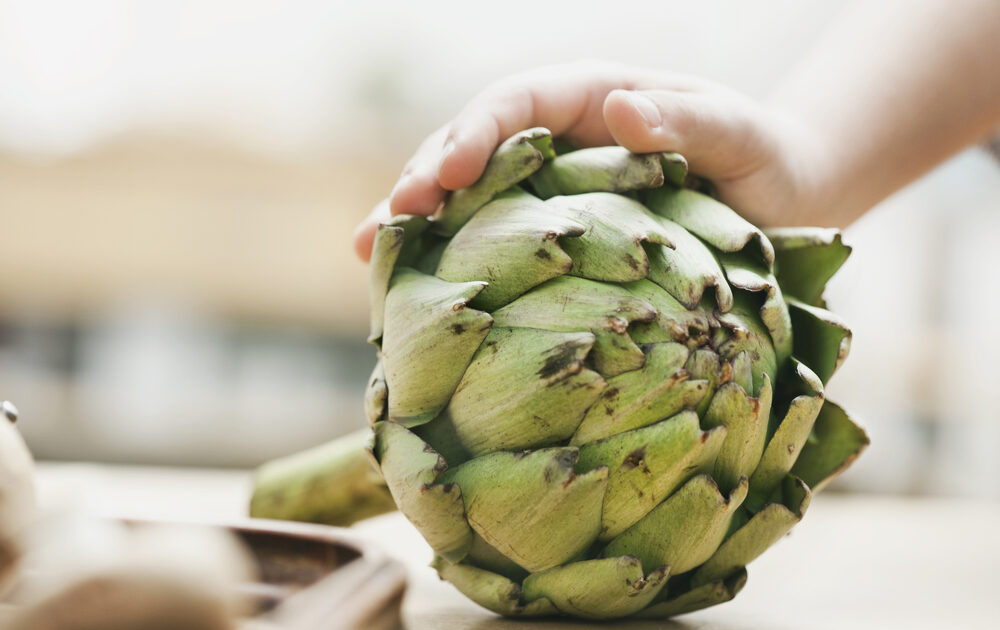Forget Fats and Antioxidants: Fiber Rich Foods Trump All Food Fads

We used to talk a lot about fiber rich foods. Today though, not so much. In the ‘80s and ‘90s, we eschewed foods high in fat, sending the avocado into near obscurity. Instead, we grudgingly forced down cereal and crackers that tasted like cardboard because of the “added fiber” banners on the front of the packages. We ate bran muffins, hoping every time they would actually taste a little better. They never did.
These days, we’re more focused on making sure we’re eating as much fresh foods, whole foods… ‘real’ foods as we can, which typically contain a lot of fiber. No advertisement needed if you’re buying fresh apples or zucchini or kale.
Still, although Americans are finally turning towards healthier foods (and the corporate food companies are starting to follow our lead), fiber’s relevance is often as talked about as the barely edible ‘fiber-rich’ processed foodstuffs of the 1980s. Today, for example, fat is back, it’s hotter and sexier than ever. The avocado is the culinary king alongside coconut oil, olive oil, nuts and seeds—the omega-3 fatty acid bandwagon is a worthy one to hop on for a number of health reasons. Not only does it give you glowing skin and improved brain function, but fat—the right kind of fat—can help you to lose weight and keep it off. Same goes for antioxidant-rich ‘superfoods’ like berries from far-away lands and even coffee and chocolate.
When it comes to fiber though, sexy food is not exactly something that comes to mind. Most of us equate fiber with one rather unsexy, albeit important, function: going to the bathroom. (It’s one of the reasons why Big Food loaded up our breakfast cereals in the ‘80s with fiber: so we could eat, and presumably get our bathroom business done before heading off to work. How convenient.)
Recent research points to fiber as much more than helping you have a bowel movement. It can actually make the elimination process easier (and who doesn’t want that?), and studies show it’s also a key ingredient in helping us feel full longer after a meal, which can prevent overeating. Bonus: It helps to balance blood sugar, slowing the absorption of sugars.
Another study found increased daily fiber increased calcium absorption by 12 percent. This is key for post-menopausal women, or anyone at risk of bone loss and other calcium-related health issues.
We also know fiber contains prebiotics, those foods that probiotics in our gut feed on. Without healthy food for our friendly gut bacteria, we can begin to harbor imbalances in our digestive system that can impair digestion, nutrient absorption, the immune system, and even lead to increased inflammation throughout the body.
One recent study found that in just two weeks, a high fiber diet reduced the risk of colon cancer in African Americans.
Inflammation is a leading cause of a number of health issues—from high cholesterol to arthritis to cancer—and another recent study found that 27 to 28 grams of fiber per day was enough to significantly reduce inflammation in the body by as much as 40 percent in some cases.
And while avoiding grains and high-fiber/high-carb foods is the weight loss trend of the day, research continues to show that fiber is one of the best weight loss foods around.
So what fiber-rich foods should we be eating?
You can put away the Cracklin’ Oat Bran cereal and those pasty cardboard muffins. Chances are, if your diet is focused on whole foods, you’re already getting enough of both healthy kinds of fiber in your diet (soluble and insoluble). Soluble fiber is key for slowing digestion, keeping you feeling full and stabilizing blood sugar. Insoluble fibers work to prevent constipation—they don’t dissolve, so they work to pull waste out of the intestines. Some foods can contain both types of fiber.
Excellent sources of soluble fiber (the kind that dissolves in water) include: beans, oats, lentils, nuts, apples, oranges, flax seeds, peas, berries, cucumbers, celery, carrots and psyllium (which is typically found in fiber products).
Excellent insoluble fiber sources (the kind the body doesn’t dissolve) include: whole grains such as wheat, barley, corn, rice, kamut, seeds, nuts, broccoli, cauliflower, cabbage, zucchini, celery, tomatoes, green beans, kale, chard, collards and most every type of fruit.
Find Jill on Twitter and Instagram
Related on Organic Authority
High Fiber Diet Is Better Than Cutting Calories For Weight Loss, Study Finds
How to Eat a High Fiber Diet Without the Gas and Bloating
6 Oatmeal Recipe Upgrades You Have to Try
Artichoke image via Shutterstock

